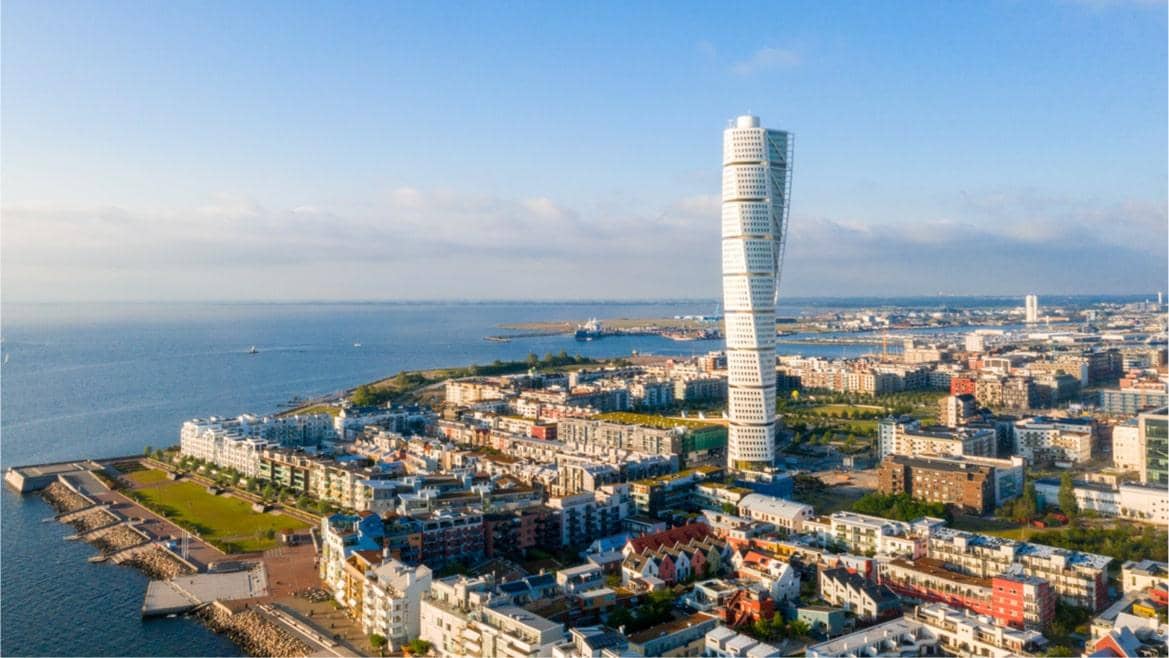Malmö is the administrative centre of Skåne County, Sweden. The Øresund Tunnel Bridge connects it to Copenhagen.
Until the 16th century, Malmö belonged to Denmark. During the Middle Ages, it was an important Hanseatic trading port. This explains why many of the city’s buildings are built in the Dutch style.
Malmö Castle

Malmö Castle was formerly a Danish fortress. Tourists are attracted not only by the architecture of the castle complex, but also by the abundance of different museums within it: the Art Museum, the City Museum, the Technology and Shipping Museum, and the zoo with aquarium.
There’s something for everyone, with exhibitions ranging from Finnish fashion and brewing to the Roman period.
The majestic building has had an interesting past, serving at various times as a royal palace, mint, and even a prison.
Museum of Technology and Navigation

Next to the castle complex is the Museum of Technology and Navigation (Teknikens och Sjöfartens Hus). Most of its exhibits are devoted to aviation, land and sea transport.
The museum rooms show various types of machinery in cross-section. There are also interactive exhibits. You can visit the U3 submarine, which was built in Sweden and launched during the Second World War.
Stortorget Square

Stortorget is the largest and oldest square in Malmö (opened in 1540). It is home to administrative buildings. The most famous is the City Hall. Another famous structure of the main town square is the Government House of the Skåne region.
In the centre of Stortorget Square stands a seventeenth century equestrian statue of King Charles X Gustav.
Lilla Torg Square

We recommend you visit the beautiful cobbled square in the centre of the city. Lilla Torg (Smaller Square) is slightly smaller than the neighbouring Stortorget and was built later.
The square was a busy marketplace during the 17th century, where townspeople came to buy food. The buildings housed various shops, butchers’ pavilions and bakeries. The west side of the square is dominated by two half-timbered houses, one of the first of its kind. To the south of the square are the Hedmanska Gården and the Form/Design Center.
Castle Garden
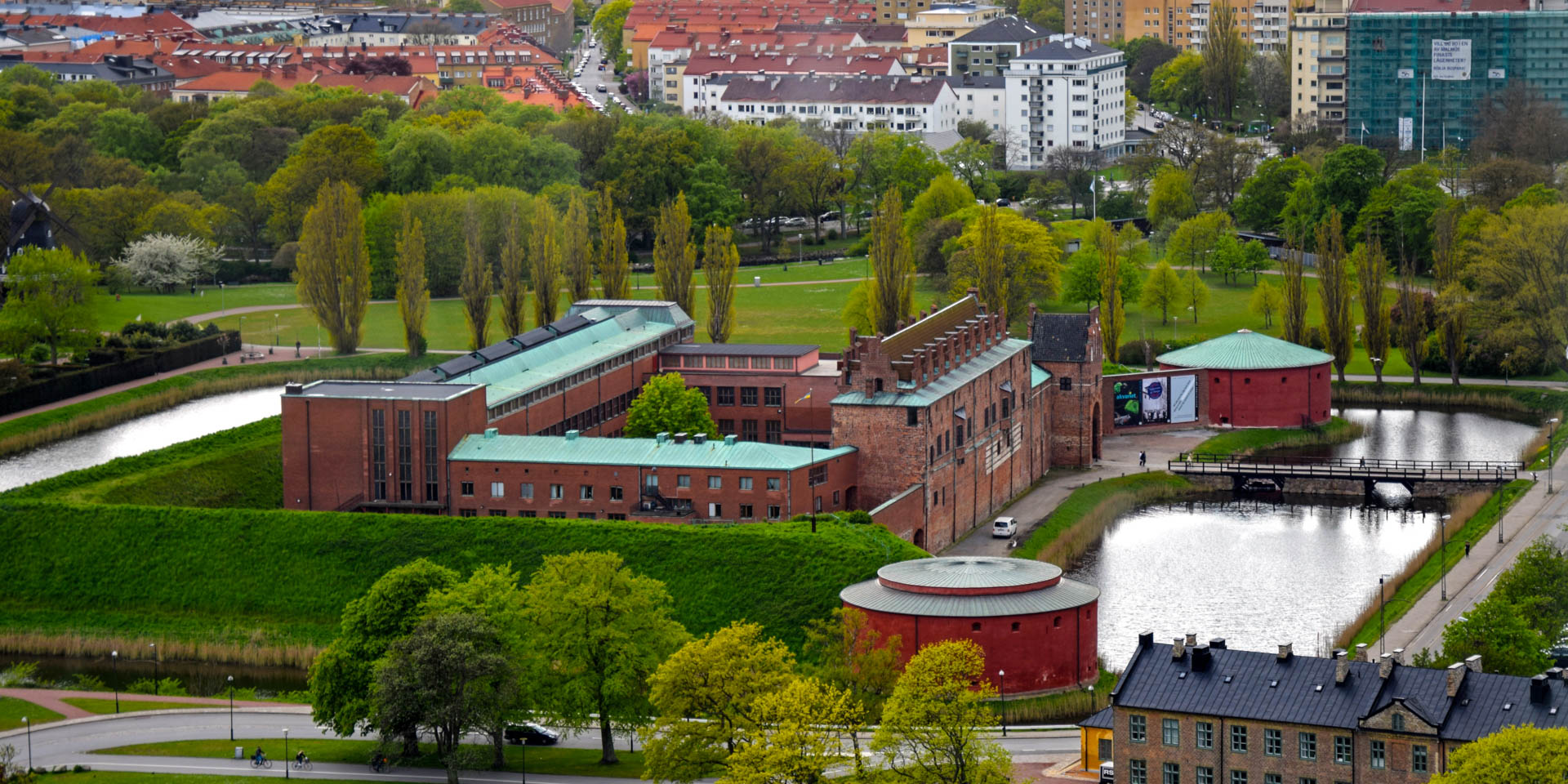
All tourists are attracted by the abundance of beautiful green parks in the central part of the city. One of these is the Castle Garden (Slottsträdgården), which stretches to the west and south of the city’s historic fortress.
This park is a relatively new landmark in Malmö. The park has themed gardens of flowers and herbs, as well as an amazing vegetable garden. The park’s other facilities include a windmill.
From the beginning of April and throughout the summer, a cosy café is open in the park.
King’s Park
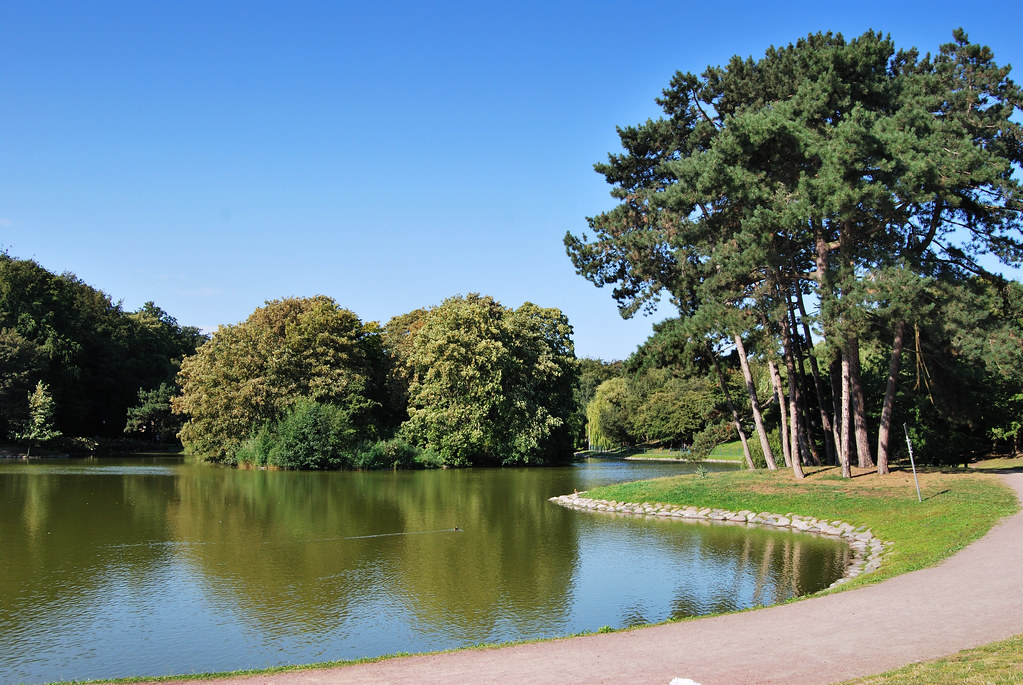
Kungsparken (Royal Park) is the oldest park in Malmö (established in 1869).
It is separated from the Castle Garden by a city canal. Previously this area was part of the city’s fortifications, and when the castle was no longer used as a defensive structure, the surrounding land was turned into an English-style garden.
The park has over 120 species of trees from three continents. There’s an elegant fountain in the centre of the grounds and wide, cobbled pathways wind along the canal.
St Peter’s Church

The church was built in the 14th century and is the oldest building in the city.
The high altar, the largest wooden altar in Western Europe, attracts particular attention. It was completed in 1611.
Also of interest are the baptismal font and the pulpit of the preacher, both built in the early 17th century. The Merchant’s Chapel (Krämarekapellet), north of the bell tower, is also worth a visit. The exterior of the chapel is decorated with limestone mouldings, while the interior contains original frescoes.
The Öresund Bridge

Everyone will want to see the amazing Öresund Bridge, which crosses the strait and crosses the border between Sweden and Denmark.
It is the longest bridge in Europe, complete with railways and motorways. Its length is eight kilometres towards the artificially created Danish island of Peberholm. The bridge then continues into a tunnel to Copenhagen. Almost 3 million euros was spent on construction. The bridge took five years to build and was opened in 2000.
Södergatan street

The street stretches from Stortorget Square to Gustav Adolf Square and is Malmö’s main shopping artery. Södergatan is one of the two oldest streets in the city (it predates all the squares). And in 1978 it became the first pedestrianized street in Malmö.
Here you’ll find the world’s best-known brand-name shops, as well as several big Swedish department stores.
The oldest building on this street is the Flensburgska Huset, built in the 16th century. Also of interest is the sculptural composition ‘Optimistorkestern Orchestra’, which was installed in 1985.
Malmö City Library

The Calendar of Light, the glass wing of the library, was completed in 1997. It was designed by Danish architect Henning Larsen. At nightfall, numerous lamps illuminate it. The old wing of the building was built in the 1940s.
The Design and Shape Centre

An old 19th-century warehouse building at the southern end of Lilla Torg Square. It regularly hosts exhibitions and lectures, as well as creative workshops on architecture and design.
The Form/Design Center is funded by the state and the city and regional governments. It was opened by King Gustav VI Adolf in 1964 and later moved to the old courtyard of Hedmanska Gården.
The centre has a small café and a shop where you can buy Swedish design samples.
Turning Torso skyscraper
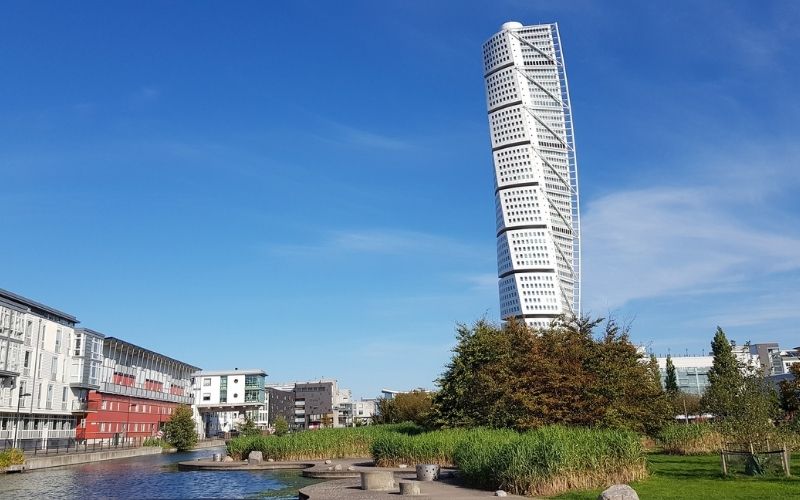
Västra Hamnen, west of the port, has undergone a major transformation since the arrival of the 21st century. It is now a modern shopping area with original architecture and a beautiful promenade.
Part of the redevelopment plan was the construction of the Turning Torso tower. This 190 m tall building is considered to be the tallest skyscraper in Scandinavia. The futuristic structure was designed by Spanish architect Santiago Calatrava.
Pildammsparken Park
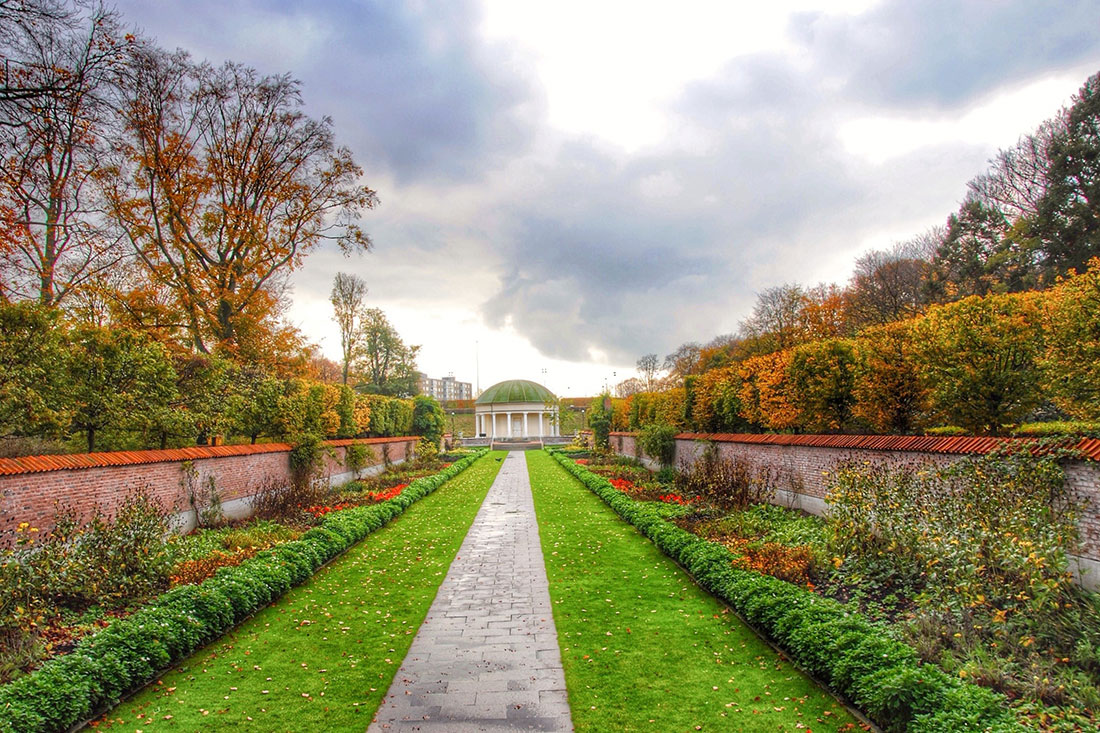
The 45-hectare park is located in the south of central Malmö. It once housed the city’s water reservoirs.
The park was opened to coincide with the opening of the 1914 Baltic Exhibition, dedicated to the art, culture and industrial development of the nations inhabiting the Baltic Sea.
Its grounds include the Princess Margareta Rotunda, an ancient neoclassical building with a portal supported by Doric columns. There is also a water tower. And the most amazing thing about the park is the Tallriken (a large circular clearing for concerts and festivals).
Ribersborgsstranden beach
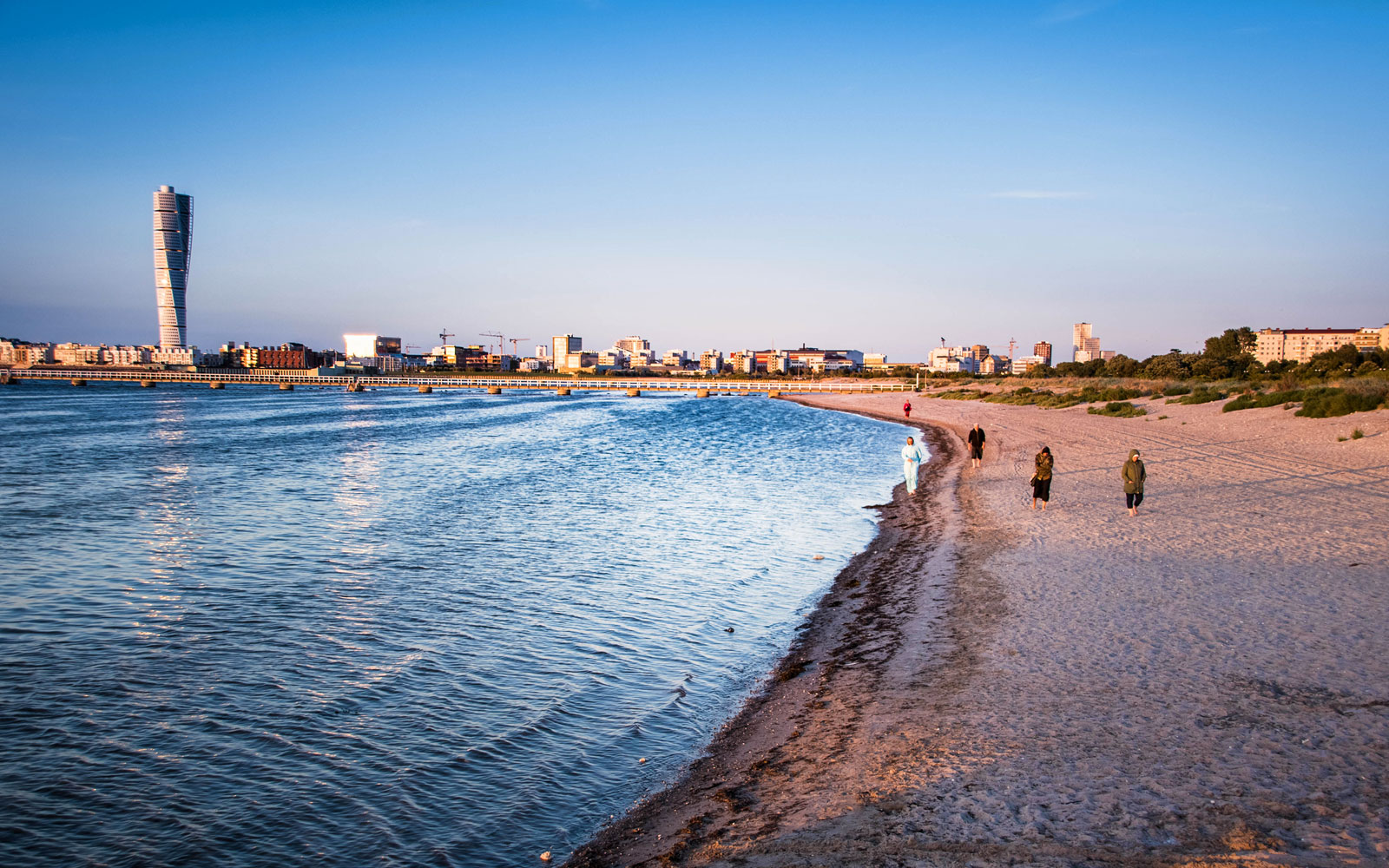
Malmö’s main city beach is a kilometre from the Turning Torso skyscraper.
It has fine, light-coloured sand that is renewed every two years. The beach has been awarded the Blue Flag for its cleanliness. There are walking and cycling paths along the beach. And the Hylliekrokens Golf Centre is a few minutes away from the beach.
But what really sets Ribban apart from ordinary city beaches are the outdoor public baths, which are open all year round. They were built at the turn of the 20th century and have been renovated since. In winter, you can take a swim in the icy water and then take a sauna.
Folkets Park

Folkets Park is the oldest park in Malmö (opened in 1906). It is located in the cultural district of Möllevången, south of the centre.
In summer the park hosts open-air film screenings, fun rides, playgrounds, a children’s pool and a small petting zoo, and in winter there is a large ice skating rink. There are festivals and concerts for music lovers.
Malmö Museum of Contemporary Art

The museum is a ten-minute walk from St Peter’s Cathedral. It opened in 2009 and is a branch of the major National Museum of Contemporary Art in Stockholm.
The museum occupies a red-brown cube-shaped building – a former power station. The exhibitions present works of art – paintings, sculpture, photography, and design – by Swedish and international artists of the 20th and 21st centuries.
The museum has a souvenir shop and a cosy café.
Katrinetorp Landeri

Katrinetorp Manor is one of Sweden’s best-preserved empire-style mansions. The 19th-century manor house was the holiday home of one of southern Sweden’s wealthiest families.
Beautiful gardens surround the building. A small café, a restaurant, and an antique shop can be found on the premises.
There are regular city events such as the Harvest Fair, Christmas Market, various exhibitions and evening concerts.
Malmö Art Gallery

The Art Gallery is the largest art gallery in Europe. It specializes in displaying works of classical and contemporary visual art, as well as art exhibitions.
The gallery was designed by architect Claes Anshelm and opened in 1975. The lattice structure of the ceiling makes it possible to change its height.

